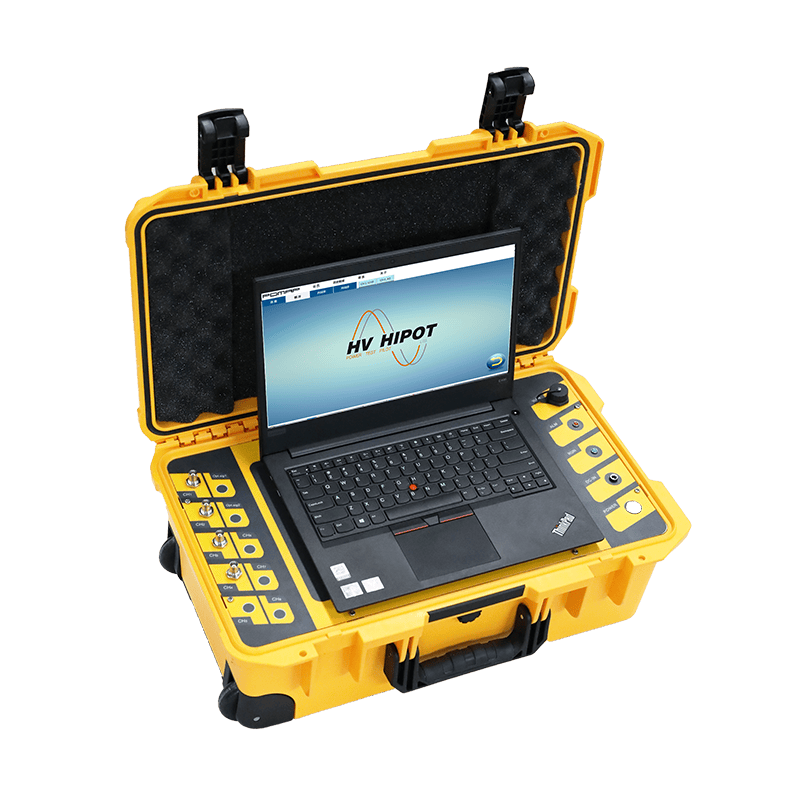Various methods are used to detect PD, including detection of sound, light, and radio frequency (RF) signals. Typically an alternating current (AC) hipot test with capacitive coupling is used. This article focuses on PD detection using surge testing. This newer method is becoming popular and is a cost-effective solution when surge and other tests are also required.

GDPD-414 Portable Partial Discharge On line Tester
To discover PD activity with surge testing, a voltage pulse is input into the windings of a motor or generator through a surge tester. The voltage is gradually increased until PD is detected. Properties such as magnitude and polarity are measured by instruments.
The PD pulse or spike is on top of the surge test wave. These high frequency voltage spikes are filtered by an internal coupler and passed to the oscilloscope PD channel. The surge waveform and PD voltage spikes are then combined on the same display with the PD signal along the centerline. The PD signal is small compared to the surge voltage and is measured in a different voltage range.
PD magnitude is measured in millivolts (mV) or picocoulombs (pC). Both measures are relative measures of PD activity due to several factors. First, the PD pulse is attenuated and distorted as it propagates through the stator winding and from the source to the measurement point. Other factors that affect PD include humidity, winding contamination, and background electromagnetic noise levels. Therefore, PD measurements obtained using different methods or equipment cannot be directly compared. The IEC standard recommends trending PD measurements because a certain amount of PD is acceptable in medium and high voltage motors. For low voltage motors, there should be no PD at normal test voltages, so unless testing at higher than normal voltages, the trend is not important.
Post time: Jun-25-2023
